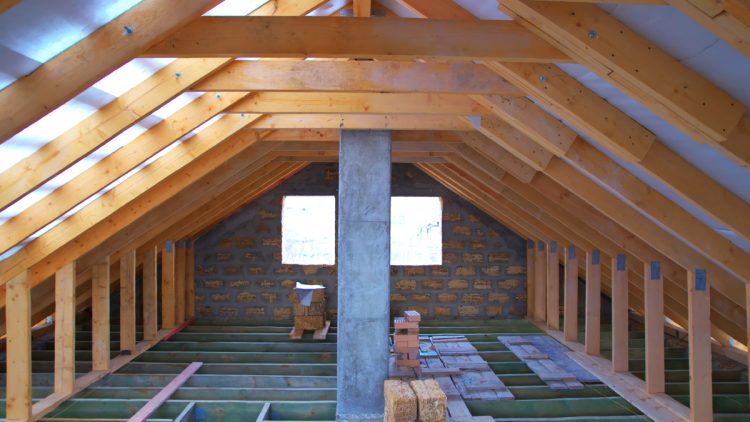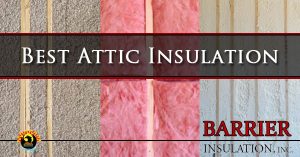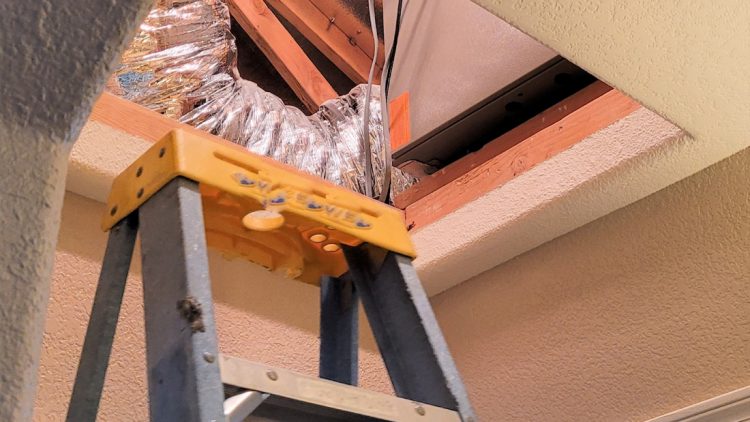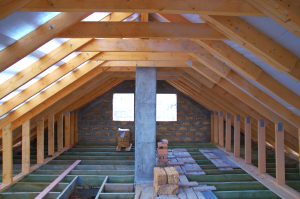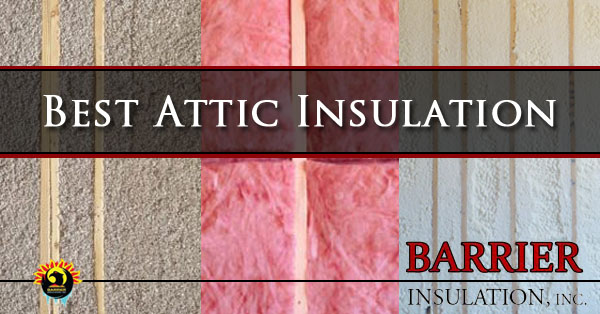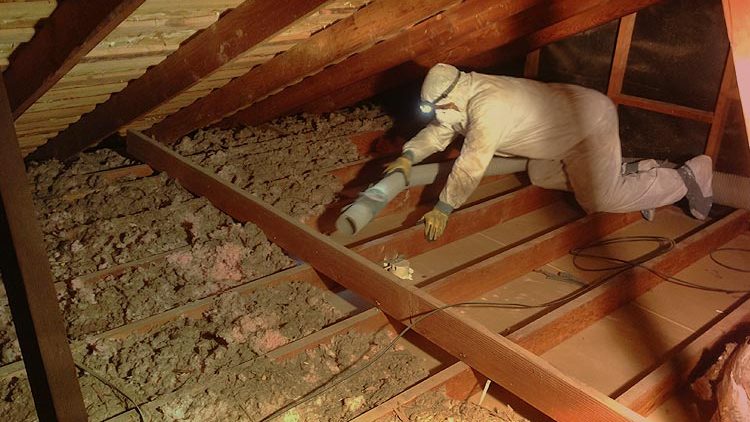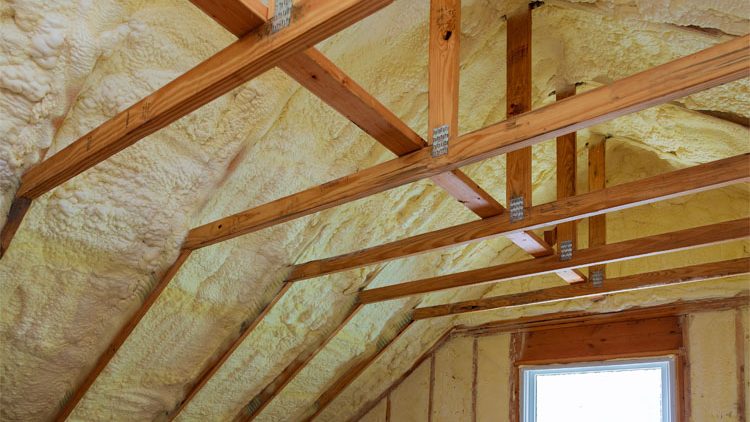Attic Insulation Removal Cost 2024
The cost of removing attic insulation can vary depending on several factors, but here’s a general breakdown:
Average Cost:
- Per square foot: $1 to $2 per square foot of attic space.
- Total cost: For a typical 600-square-foot attic, expect to pay around $600 to $1,200, with an average of $900.
Factors Affecting Cost:
- Amount of insulation: More insulation means more labor and disposal costs.
- Type of insulation: Different types like fiberglass, blown-in, or vermiculite require different removal methods and may have disposal regulations.
- Condition of insulation: Wet, damaged, or moldy insulation may require additional safety measures and disposal procedures.
- Accessibility: Difficult-to-reach attics or attics with obstacles may require more time and specialized equipment.
- Disposal fees: Varies depending on location and type of insulation.
- Labor costs: Hourly rates for contractors can differ.
Additional Costs:
- New insulation installation: If you plan to replace the removed insulation, factor in the cost of new material and installation.
- Electrical work: Moving or rerouting electrical wires may be necessary if they’re buried in the insulation.
- Roof repairs: Removing insulation may reveal underlying issues with the attic or roof that need repair.
Tips for Saving Money:
- Get multiple quotes: Compare prices from several qualified contractors before making a decision.
- DIY removal (optional): If you’re handy and the insulation is easily accessible, you can consider removing it yourself. However, be aware of safety hazards and proper disposal regulations.
- Negotiate with contractors: Don’t be afraid to negotiate the price, especially if you have a large attic or are getting other services done at the same time.
Remember, the cost of attic insulation removal is an investment in your home’s energy efficiency and comfort. Choosing the right contractor and considering all factors can help you get the best value for your money.
Do I Need Insulation Removal?
- Age and type of insulation: If your insulation is older than 15-20 years, especially if it’s fiberglass or cellulose, its effectiveness might be declining. Vermiculite insulation could contain asbestos, requiring special removal procedures.
- Moisture damage: Leaks, condensation, or poor ventilation can lead to mold growth or damp insulation, losing its insulating properties and potentially posing health risks.
- Pest infestation: Rodents or insects nesting in the insulation can damage it and compromise its performance.
- Planned renovations: If you’re planning major attic renovations, removing existing insulation might be necessary for better access and space utilization.
Signs you might need removal:
- High energy bills: Inefficient insulation can lead to increased heating and cooling costs.
- Icy roof in winter: Poor attic insulation can cause ice dams on the roof, potentially leading to leaks.
- Visible mold or mildew: Mold growth in the attic indicates moisture issues and potential insulation deterioration.
- Animal droppings or nesting materials: Signs of pest infestation suggest compromised insulation and potential health concerns.
Alternatives to removal:
- Adding additional insulation: In some cases, topping up existing insulation might be sufficient, especially if it’s newer and in good condition.
- Addressing underlying issues: Fixing leaks, improving ventilation, or pest control might solve the problem without removing the insulation.
What Is The Best Insulation For Attics?
1. Blown-in Fiberglass:
- Pros: Excellent at filling irregular spaces and air gaps, cost-effective, fire-resistant, readily available.
- Cons: Requires professional installation, can be itchy and irritating during installation, settles over time, less effective than some options in extreme temperatures.
2. Cellulose:
- Pros: High R-value per inch (great insulator), good at absorbing moisture and sound, environmentally friendly, often made from recycled materials.
- Cons: Requires professional installation, susceptible to mold growth if not properly ventilated, heavier than fiberglass, may attract rodents.
3. Spray Foam:
- Pros: Excellent air sealing and insulating properties, creates a moisture barrier, long lifespan, can reduce noise.
- Cons: Most expensive option, professional installation required, potential off-gasing of chemicals initially, not DIY-friendly.
4. Rockwool (Mineral Wool):
- Pros: Fire-resistant, good soundproofing, non-irritating, doesn’t attract rodents, available in batts or blown-in form.
- Cons: More expensive than fiberglass, slightly less R-value per inch than spray foam, can be challenging to install in tight spaces.
Additional factors to consider:
- Your climate: Choose insulation with a suitable R-value for your region’s temperature extremes.
- Existing ventilation: Proper attic ventilation is crucial for any insulation type to prevent moisture buildup.
- Accessibility: Blown-in or spray foam might be better for hard-to-reach areas.
- Budget: Fiberglass and cellulose are generally the most budget-friendly options.
Ultimately, the best insulation for your attic is the one that meets your specific needs and budget while offering optimal performance and longevity.
Schedule Your Insulation Services Today!
Whether you are building a new house, or just need to remove the old insulation and install a newer more energy efficient option Barrier Insulation is Phoenix’s first choice in home and commercial insulation. We proudly provide the valley’s more comprehensive insulation service that helps you stay more comfortable and save on energy. Click here to schedule on our website, or just give us a call at 602-499-2922.
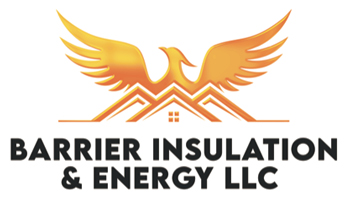
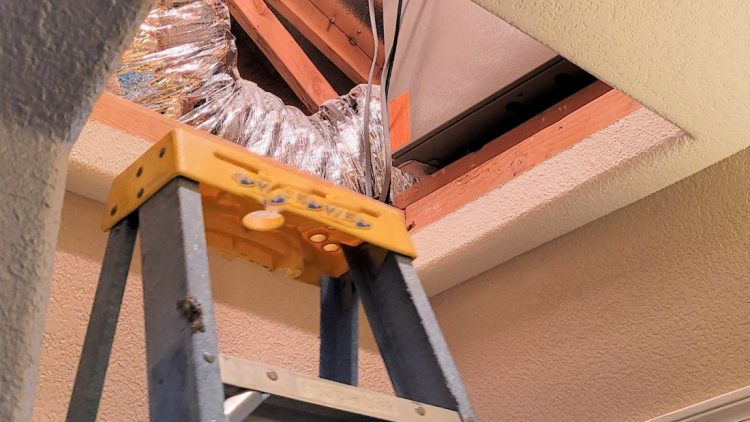
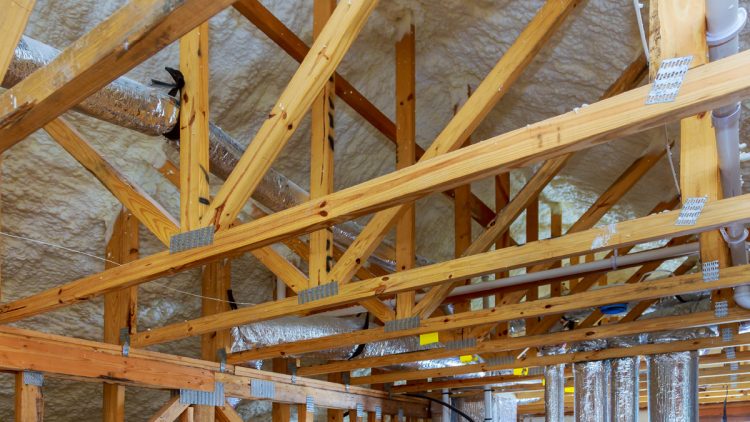
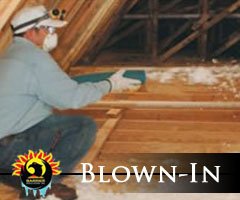 One of the better choices is blown in attic insulation. It is installed by techs that have a large hose and shoot the insulation into the attic. They have training to create an even, uniformly deep layer of insulation. This is done by using a large air driven machine that churns up the material into chunks and then blows them up the hose and into the attic.
One of the better choices is blown in attic insulation. It is installed by techs that have a large hose and shoot the insulation into the attic. They have training to create an even, uniformly deep layer of insulation. This is done by using a large air driven machine that churns up the material into chunks and then blows them up the hose and into the attic.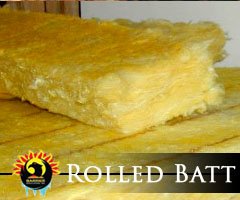 Batt attic insulation is pretty straight forward to install as it is rolls of material typically lined with a paper backing. They are made from interweaving fibers that are long and have adhesive qualities. This means they stick to each other and stick together as a grouping. Batt insulation is made from two source materials, cotton and fiberglass. Cotton batts are made from recycled denim jeans. Fiberglass batts are typically made from sand or recycled glass that is processed into the insulating strands and fibers.
Batt attic insulation is pretty straight forward to install as it is rolls of material typically lined with a paper backing. They are made from interweaving fibers that are long and have adhesive qualities. This means they stick to each other and stick together as a grouping. Batt insulation is made from two source materials, cotton and fiberglass. Cotton batts are made from recycled denim jeans. Fiberglass batts are typically made from sand or recycled glass that is processed into the insulating strands and fibers. One of the most energy efficient types of attic insulation is spray foam. It comes in two types that have pros and cons. There is open and closed cell spray insulation. A larger percentage of homes were built with the HVAC and duct system in the attic of the home. This means that if your insulation is sitting on the floor of your attic, your system is having to work harder. Moving the “envelope”, or area of your home that is climate controlled, to the roofline can greatly increase your energy efficiency. Spray foam allows this envelop to be at the roofline, and helps fill in all the areas that batt insulation can struggle with.
One of the most energy efficient types of attic insulation is spray foam. It comes in two types that have pros and cons. There is open and closed cell spray insulation. A larger percentage of homes were built with the HVAC and duct system in the attic of the home. This means that if your insulation is sitting on the floor of your attic, your system is having to work harder. Moving the “envelope”, or area of your home that is climate controlled, to the roofline can greatly increase your energy efficiency. Spray foam allows this envelop to be at the roofline, and helps fill in all the areas that batt insulation can struggle with.